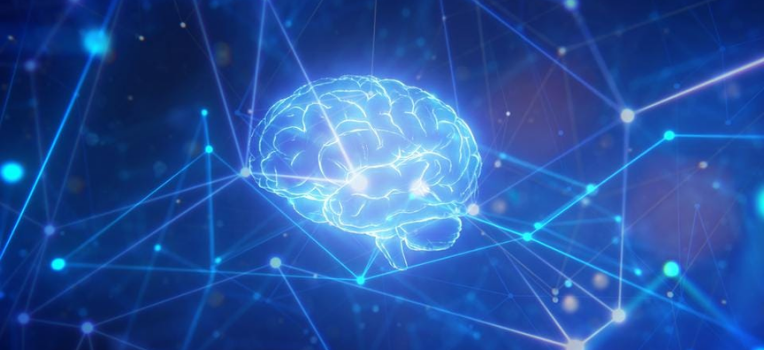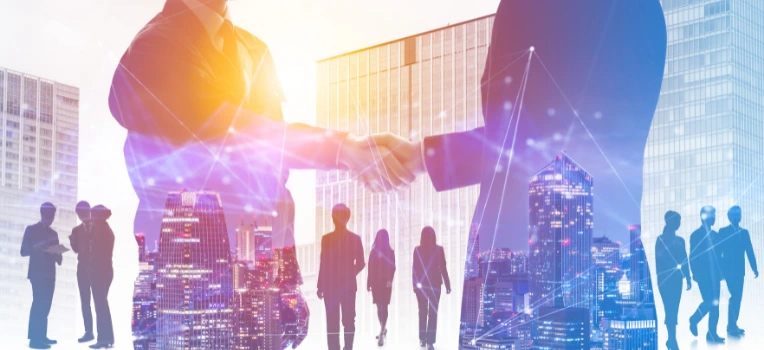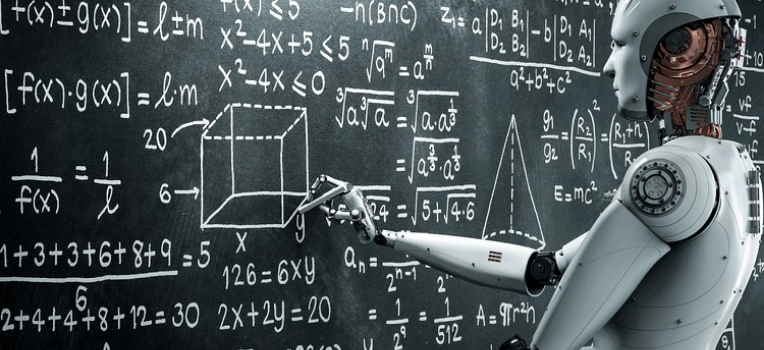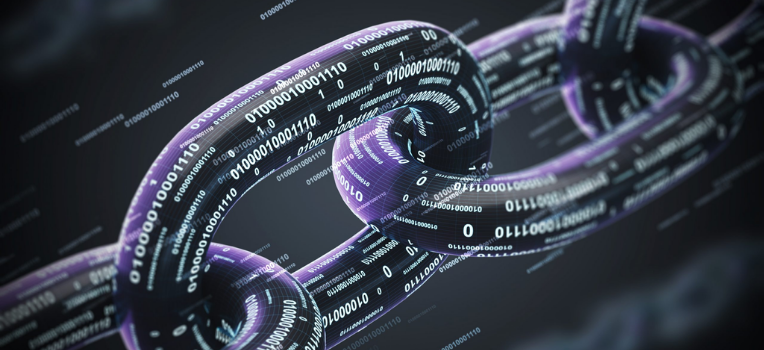general
Agricultural Applications Of IoT
Published On
5 minutes to read
Every time you look at your smartwatch to count calories or ask Alexa or Siri to calculate the value of a pie, you are using IoT tech. IoT is just that – the Internet controlling things by the most straightforward definitions. IoT devices are ‘smart’ devices with the capability of transferring data over the network.
One of the first network-connected devices was a 1982 Coke vending machine at Carnegie Mellon University, which could report if the drinks were cold. Kevin Ashton, co-founder and Executive Director of the MIT AutoID Center, coined the term Internet of Things in 1999 while presenting to Procter and Gamble as their Brand Manager.
As part of Ashton’s presentation, Procter and Gamble intended to introduce RFID tags to manage the supply chain so that each item’s location and stock could be monitored more easily. In 2000, LG Electronics released a refrigerator called the Internet Digital DIOS, which was connected to the Internet. The RFID tags on the food items allowed it to track the kind of food stored in them and the quantity of each item.
Though most people thought the Internet Digital DIOS refrigerator was too expensive for their needs, it ultimately paved the way for more house appliances to be controlled through the Internet. Despite being coined in 1999, the Internet of Things was born between 2008 and 2009, according to Cisco Internet Business Solutions Group (IBSG).
Citing the growth of smartphones, tablet PCs, etc., the number of devices connected to the Internet reached 12.5 billion in 2010, as the world’s human population increased to 6.8 billion, making the number of cworld devices per person for the first time in history over 1 (1.84 to be precise).
Applications Of IoT In Agriculture – The Need And Implementation
Robotics
Automation has been continually advancing since the industrial revolution in the 1800s. It’s been helping us handle more complex tasks and increase production efficiency. With increased demands and labor shortages worldwide, agriculture robots or Agribots are gaining popularity among farmers.
There is an annual decrease in crop production by approximately $3.1 billion due to labor shortages in the US alone. Recent sensor advancements in sensors and AI technology that uses machine learning have made agribots gain additional attention.
Drones
The agricultural industry is one of the major industries to use drones. Farmers can use drones with sensors and cameras for imaging, mapping, and surveying the farms. Drones come in two types: ground-based and aerial.
Aerial drones, unmanned aerial vehicles (UAVs), or unmanned aircraft systems (UASes) fly drones that the farmers can control. Ground-based drones are bots (Think: Mars Rover) that do field surveys on wheels. They can also use software-controlled flight plans to coordinate with GPS and sensors in their embedded systems.
You can either schedule drones for farm surveys or store them near farms where they can recharge and be maintained. After the surveys, the data collected by the drones get analyzed in labs. The drone data can draw insights into crop health, irrigation, spraying, planting, soil and field, plant counting and yield prediction, etc
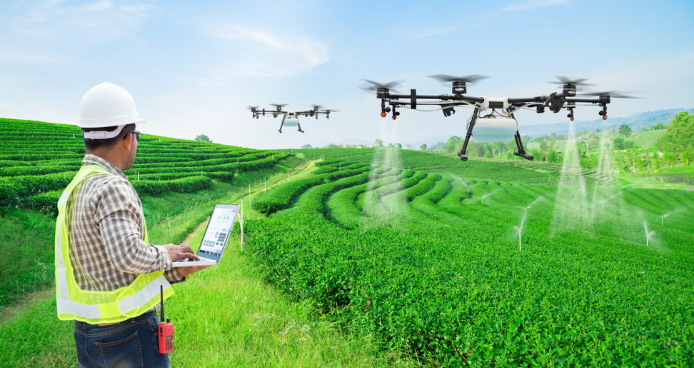
Remote Sensing
IoT-based remote sensing uses sensors in farms and weather stations to collect and analyze the data transmitted to analytical tools. Farmers can examine the crops from an analytical dashboard and act based on the data. Sensors are sensitive to anomalies.
Crop Monitoring
The sensors around the farm monitor the crops’ humidity, light, shape, size changes, and temperature. They detect and analyze any crops anomalies and notify the farmer. Therefore remote sensing can help prevent diseases and promote healthy crop growth.
Weather Conditions
The data collected by sensors include dew detection, humidity, moisture, and precipitation – all this data helps predict weather patterns and enables proper cultivation of crops.
Soil Quality
Analyzing soil quality helps find the nutrient value and acidity, dry farmland, and soil drainage capacity. This helps adjust the water levels needed for irrigation and ensures you have the best cultivation style.
Computer Imaging
Computer imaging involves using sensor cameras installed at different parts of the farm or drones with cameras to capture images that get digitally processed. Digital image processing uses algorithms to process an input image.
The image processing technology helps you see images in varying spectral intensities like infrared and compares and detects anomalies in photos. This helps analyze the limiting factors and work toward getting a better yield.
– Quality Control: Image processing with machine learning uses images from databases to compare your crops to determine color, growth, shape, and size, helping control quality.
– Sorting And Grading: Computer imaging can help filter and grade the produce based on color, size, and body.
– Irrigation Monitoring: Irrigating over a period helps map the irrigated lands. This can also help decide what lands are ready to harvest during pre-harvest and harvest season.
IoT – In Simple Words
An IoT device is an object that can be remotely controlled through the Internet. They have become trendy in current markets with wearables (IoWT – Internet of Wearable Things) like smartwatches and GoogleHome.
There are approximately 14 billion devices estimated to be connected to the Internet by the end of 2022. The IoT farming applications target conventional farming processes to meet the growing demands and reduce production losses.
IoT agricultural devices include computer imaging, drones, remote sensors, and robots combined with machine learning and analytical tools. These tools monitor crops, provide farmers with data to formulate time and financial plans, and survey and map the fields.

